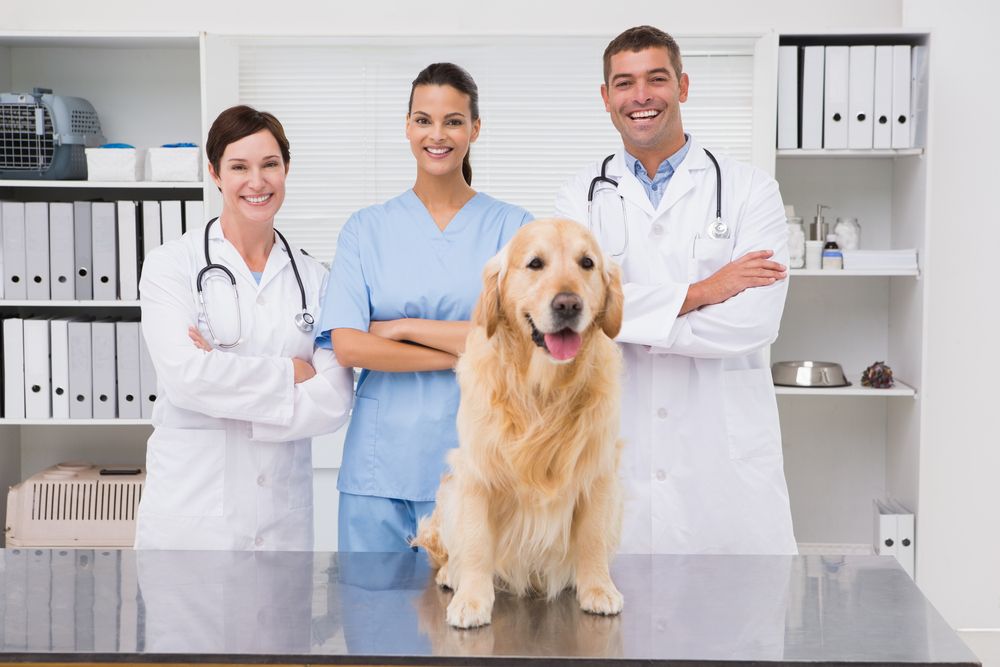Anesthesia in Pet Dental Procedures
There may be times when it is necessary for your pet to undergo some form of dental procedure. This could be something minor, such as a professional clean, or more invasive treatment, like an extraction. Whatever the reason for your pet needing a dental procedure, there is a strong chance that it will need to be performed using anesthesia.
What is Anesthesia and why is it used?
Anesthesia is a combination of medications that are used to induce a state of controlled unconsciousness. This means that you can choose when your pet is to become unconscious and when she is to wake up and return to normal.
The main reason for anesthesia to be used in medical and dental procedures is to achieve two things:
1. To keep your pet perfectly still
Following instructions is something that even the best-behaved pet can struggle with. Even if your animal is usually pretty good at doing as they are told, even the slightest movement could cause mild to serious repercussions. This is because total precision is necessary due to the involvement of small and often sharp instruments.
2. To prevent your pet from feeling any pain
No caring owner wants their pet to experience pain, and anesthetic can prevent your animal from experiencing even a moment of discomfort. When your pet has a procedure using a general anesthetic, they will not even be aware of the fact that they are going to sleep, minimizing the stress associated with dental treatments.
Is Anesthesia Safe?
Many humans have a very real fear of being put to sleep, and for some people, this anxiousness extends to worrying about their pet having anesthesia. However, the drugs and practices used in anesthesia are now safer than ever before, and when administered by a well-trained and experienced veterinary team, the risks associated with the use of anesthetic diminish even further.
Nevertheless, there are still some possible complications, and these will be explained to you by your veterinarian at the consultation stage. It is important to remember that the benefits bought about by the procedure usually far outweigh the risks and a qualified and experienced vet will not recommend a procedure that involves general anesthetic unless they feel it is absolutely necessary.
A pre-operative check should be performed as standard ahead of any procedure, and this will include assessing your pet for the use of anesthetic. If any increased risks are discovered, it may be necessary to postpone the procedure, or consider an alternative treatment.
Anesthesia Monitoring
Any good veterinary care team will have at least one person monitoring your pet while they are under the anesthetic. This person will be responsible for making sure that your pet shows no signs of any problems from the anesthetic and will include monitoring your pet’s blood pressure, body temperature, breathing, heart rate and the level of oxygen in your pet’s blood.
After your pet’s procedure, she will continue to be monitored as the anesthetic wears off, just to make sure that no subsequent problems develop. It is not unusual for an animal to be quieter than usual in the hours following their dental treatment, but she will appreciate your love and affection as soon as you are able to see her.
Reducing your Pet’s Risk of Anesthesia Complications
If you are still concerned about the use of anesthesia, our veterinarian will be able to put your mind at rest. There are also some steps that you can take to help minimize the risk that anesthetics may pose to your pet. These include:
- Help your pet to maintain a healthy weight
- Follow the advice of our vet regarding pre-anesthesia instructions (such as withholding food/water)
- Ensure that our vet is aware of all medical problems your pet has experienced, no matter how insignificant they seem
- Heed the advice of our vet regarding medications that your pet can/cannot take prior to the anesthesia
- Keep your pet healthy with regular preventative care, which should reduce the likelihood of your pet needing care that requires anesthetic
For further advice on the use of Anesthesia in pet care, contact us and schedule an appointment with our veterinarian.

